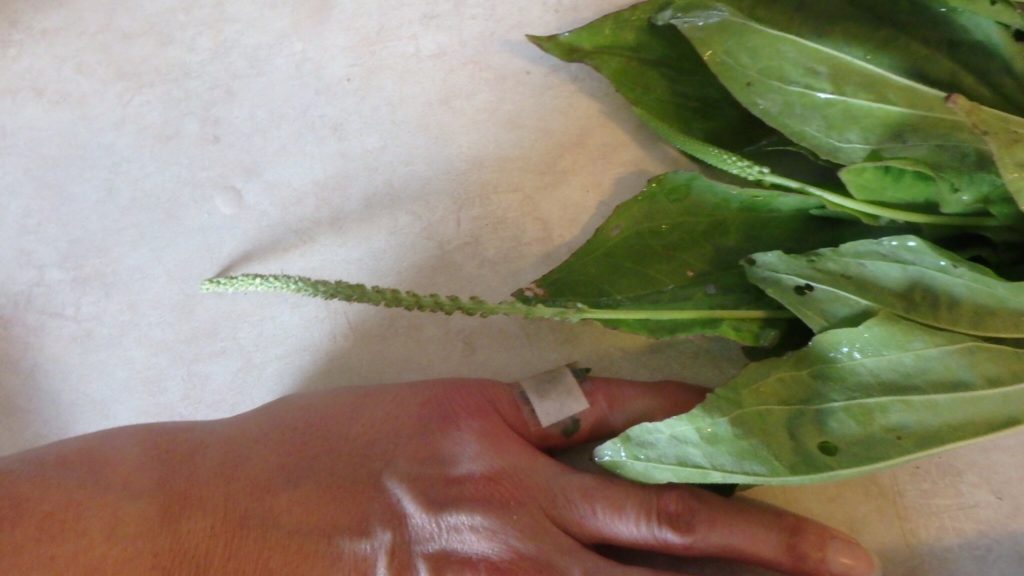

In more severe cases, you'll need immediate care. In most cases, bee stings don't require a visit to your health care provider. Make an appointment to see your health care provider if the bee sting symptoms don't go away within a few days or you've had other symptoms of an allergic response to a bee sting. If you were prescribed an emergency epinephrine autoinjector, use it right away as your health care provider directed. Talk to your health care provider or an allergy specialist about prevention measures such as immunotherapy ("allergy shots") to avoid a similar reaction in case you get stung again.Ĭall 911 or other emergency services if you're having a serious reaction to a bee sting that suggests anaphylaxis - even if it's just one or two signs or symptoms. People who have a severe allergic reaction to a bee sting have a 30 to 60 percent chance of anaphylaxis the next time they're stung.
BEE STING REMEDY NPR SKIN
Skin reactions, including hives and itching and flushed or pale skin.Signs and symptoms of anaphylaxis include: A small percentage of people who are stung by a bee or other insect quickly develop anaphylaxis. This will worsen itching and swelling, and increase your risk of infection.Ī severe allergic reaction (anaphylaxis) to bee stings is potentially life-threatening and requires emergency treatment. If itching or swelling is bothersome, take an oral antihistamine that contains diphenhydramine or chlorpheniramine.Apply hydrocortisone cream or calamine lotion.If the sting is on an arm or leg, elevate it.You might try ibuprofen, to help ease discomfort. Take an over-the-counter pain reliever, as needed.

Wash the affected area with soap and water.These steps may help ease the swelling and itching often associated with large, local reactions: If this happens to you, talk to your health care provider about treatment and prevention, especially if the reaction becomes more severe each time. But some people develop similar moderate reactions each time they're stung. Having a moderate reaction doesn't mean you'll have a severe allergic reaction the next time you're stung. Moderate reactions tend to resolve over five to 10 days. Some people who get stung by a bee or other insect have a bit stronger reaction, with signs and symptoms such as extreme redness or swelling at the site of the sting that gradually enlarges over the next day or two. Wash the sting area with soap and water.This pain and reaction can differ per incident. This may develop severe pain and sometimes about 1 an allergic reaction. By stinging, bumble bees inject venom in your body. Their male bees does not sting and do not have stinger.

Get the stinger out any way you can, such as with your fingernails or tweezers. Bumble bees are known to produce numerous stings at a given strike on one place. Remove the stinger as soon as you can, as it takes only seconds for all of the venom to enter your body.To treatment minor to moderate reactions, you should: In most people, the swelling and pain go away within a few hours.


 0 kommentar(er)
0 kommentar(er)
